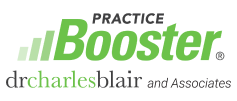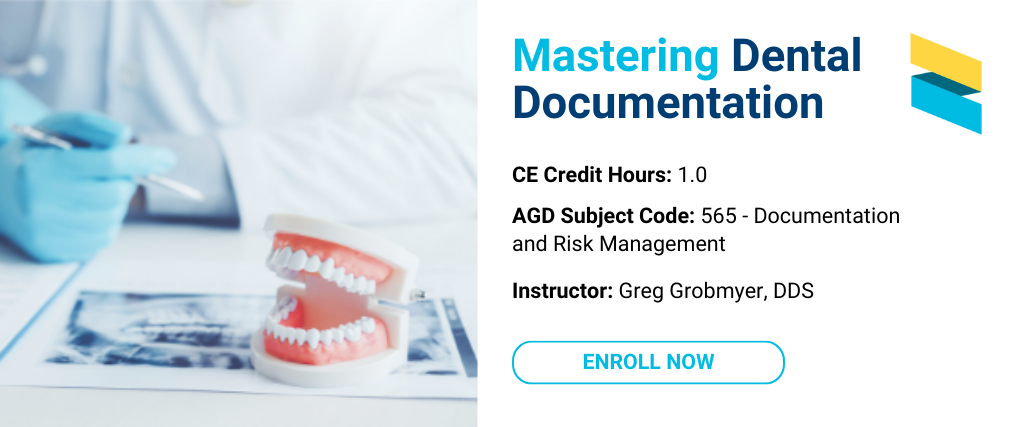In the world of dentistry, staying on top of the latest technologies and treatment methods is essential for maintaining a successful practice. However, there is another crucial aspect that often gets overlooked: dental coding. Dental coding plays a pivotal role in the financial health of your practice, and getting it wrong can lead to revenue cycle issues that can haunt your practice for years. In this blog post, we’ll explore some dental coding nightmares that might be lurking in the shadows of your practice, and how to avoid them.
Outdated dental coding
One of the most common dental coding nightmares is using incorrect dental codes. Dental procedures have specific Current Dental Terminology (CDT) codes assigned to them, and using the wrong CDT code can lead to rejected claims, delayed payments, and even potential insurance audits.
Dental coding knowledge is crucial with consistent CDT code changes. Since 2020, there have been over 200 CDT code changes, which means not staying up-to-date can make or break the success of a dental practice.
You can avoid billing incorrect dental codes with these resources:
- ADA-approved coding resources from trusted industry experts
- The industry’s most comprehensive dental coding database
If you haven’t completed an analysis of your dental coding practices, you may be missing out on tens of thousands of dollars in yearly revenue. Reviewing your dental coding practices will identify if your practice is billing out deleted codes, improperly bundling or unbundling dental codes, or missing out on billing certain codes that keep you in compliance.
Inadequate documentation
Did you know that proper documentation is the backbone of successful dental coding? Incomplete or inconsistent patient records can lead to delayed payments and denied claims. The entire dental team should be vigilant about recording all necessary information, including the patient’s medical history, treatment provided, and any complications or special circumstances.
To avoid this nightmare, Master Dental Documentation and then establish a standardized documentation system in your practice. Regularly review patient records to identify any gaps or discrepancies, and address them promptly.
Spooky dental coding practices
Upcoding involves using dental codes for more complex or expensive procedures than what was actually performed. Downcoding entails using codes for less complicated procedures. Both upcoding and downcoding can haunt your practice. These actions can result in serious consequences, including fines and damaged reputation.
To prevent upcoding and downcoding, educate your team about the importance of proper dental billing practices. Implement internal checks and balances to review dental billing and coding accuracy regularly. You can even discuss dental codes in a morning meeting to keep the entire team on the same page of “coding for what you do.”
Dental billing waylaid
Understanding dental insurance plans and their coverage is essential for proper dental billing and coding. Many dental practices fall into the nightmare of not fully comprehending the details of various insurance policies, resulting in dental billing frustrations such as frequent claim denials and frustrated patients.
To address this issue, invest in a dental billing and administration newsletter or publication to keep your staff up-to-date on best practices. If your dental practice is busy and your administrative staff doesn’t have the capacity to complete the tedious dental billing processes necessary for consistent revenue, consider dedicated remote team members to handle the dental billing processes.
Dental coding false start
Not verifying a patient’s insurance eligibility before providing services can lead to denied claims and holes in your revenue cycle pipeline. It’s recommended to check a patient’s insurance status before any treatment begins to identify any potential issues or limitations in coverage. This gives you the opportunity to discuss them with the patient before treatment, which builds trust.
Implement a policy in your practice that incorporates the verification of patient insurance eligibility before appointments into the daily routine. This is one of the tedious dental billing processes that can be outsourced to remote specialists, freeing up valuable time for your staff.
Keep dental coding nightmares at bay
Dental coding nightmares can be a recurring problem for many dental practices, but with dedication, the right resources and support, and attention to detail, they can be avoided. Accurate coding is essential for maintaining a healthy financial outlook and ensuring your practice’s long-term success. By committing to staying up-to-date, you can focus on what matters most – providing top-notch dental care to your patients without worrying about dental billing and coding errors that could come back to haunt you.





0 Comments